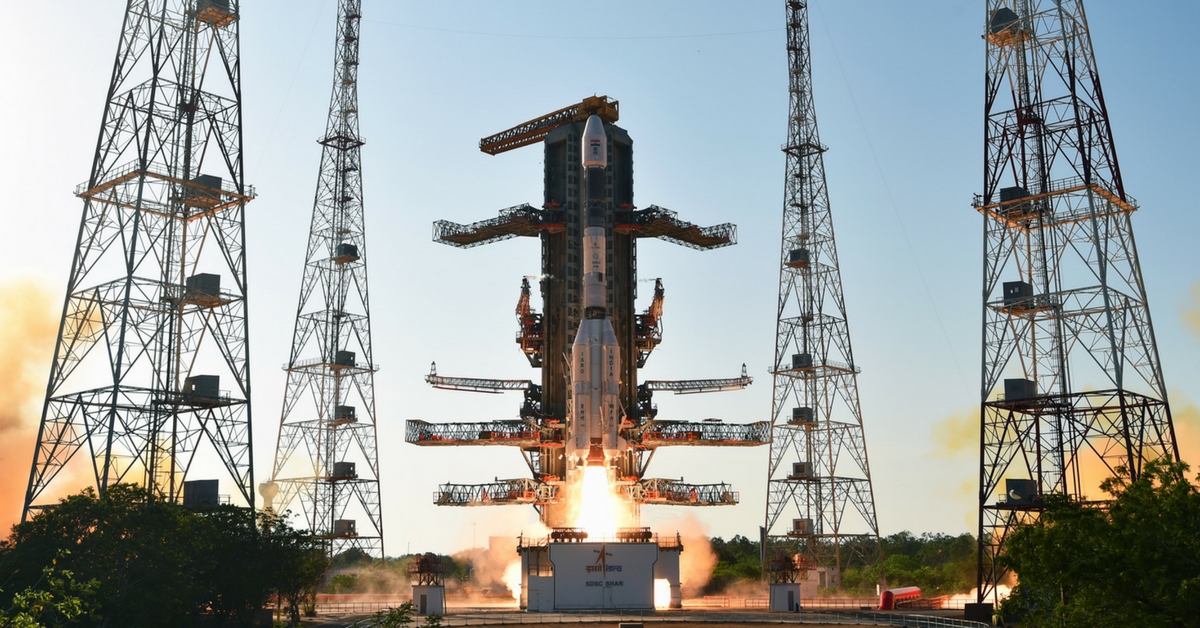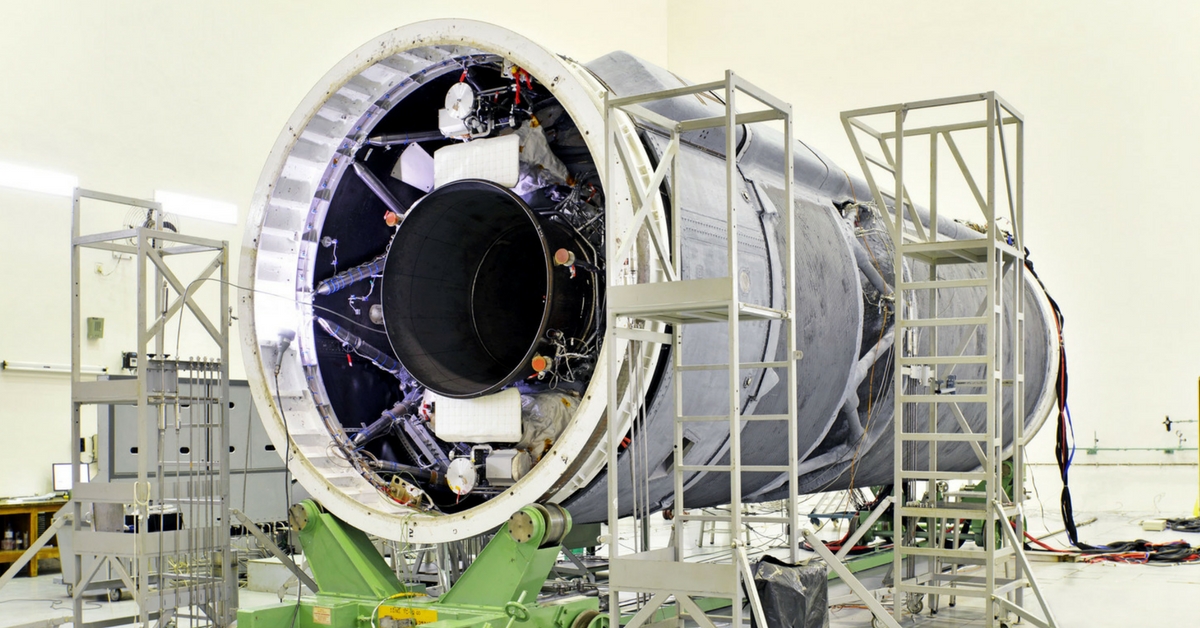ISRO Is Launching 3 New Satellites That Will Make Fast & Affordable Internet in India a Reality
The launch of GSAT-19, GSAT-11 and GSAT-20, will take place over 18 months and promises to transform connectivity around the country.

Most of us have felt anxious or even thought our life was over, when Internet connectivity has gone kaput or its speed has failed us. At least, once.
Well, you may be in for a surprise. Maybe, a BIG surprise.
Indian Space Research Organisation (ISRO) will launch not one, but three communication satellites in the next 18 months, paving the path towards high-speed Internet in India.

GSLV-F09 / GSAT-9(Only for representation). Source: ISRO
The launch of the satellite series, GSAT-19, GSAT-11 and GSAT-20, will likely fulfill the future communication needs of India’s emerging smart cities and transform the efficiency of gadgets like televisions and smartphones.
“The next big launch will be GSAT-19. It will be launched in June. With this launch, we will begin a new age of communication satellites. It is also the beginning of high-throughput satellites (in India),” said Tapan Misra, director of Ahmedabad-based Space Applications Centre (SAC), a significant division of ISRO that develops satellite payloads, told India Express.
“You are already witnessing a change in communication technology where voice and video communications are suddenly happening through Internet. With future launches, television will come to your homes on the Internet using wireless Technology,” he added.
Apparently, the high-throughput satellites have already performed pretty well in the global arena, equipping people with an Internet connectivity that is many times faster, smoother and cheaper.
The launch of such high performance satellites will also enable greater access to remote parts of the country.
 Indigenous Cryogenic Upper Stage of GSLV-F09 at Stage Preparation Facility(Only for representation). Source: ISRO
Indigenous Cryogenic Upper Stage of GSLV-F09 at Stage Preparation Facility(Only for representation). Source: ISRO
It will be a significant player in aiding the government and private businesses to reach out to remote areas and provide connectivity with services like banking, ATMs, reservation systems and telecommunication networks in a better and seamless manner.
“One of the heaviest satellites ever to be built by ISRO — GSAT-11 — is scheduled to be launched in January 2018 and will have a data rate of 14 gigabytes. We plan on launching GSAT-20 by the end of next year and cover the entire nation with a satellite that will offer a data rate of 70 gigabytes per second. We will be building up our capacity with each launch.,” the senior ISRO scientist added.
Unlike traditional satellite technology that makes use of a broad single beam to cover wide regions, high-throughput satellites reuse satellite “beams” multiple times over smaller areas. GSAT-19 will reportedly use eight narrow beams while GSAT-11 will have 16 beams.
You may also like: Time to Go Interstellar! ISRO’s First Human Space Flight Might Soon Be a Reality
The launch of GSAT-19, followed by GSAT-11 and GSAT-20, will also mark the first of three tests of the GSLV Mark-III launcher. The GSLV launcher, which happens to be ISRO’s heaviest rocket, will undergo extensive testing before it is officially declared operational.
Alongside, ISRO will also test its new 25 tonne cryogenic engine, which is three times bigger than the ones used previously.
Like this story? Or have something to share? Write to us: [email protected], or connect with us on Facebook and Twitter.
NEW: Click here to get positive news on WhatsApp!
If you found our stories insightful, informative, or even just enjoyable, we invite you to consider making a voluntary payment to support the work we do at The Better India. Your contribution helps us continue producing quality content that educates, inspires, and drives positive change.
Choose one of the payment options below for your contribution-
By paying for the stories you value, you directly contribute to sustaining our efforts focused on making a difference in the world. Together, let’s ensure that impactful stories continue to be told and shared, enriching lives and communities alike.
Thank you for your support. Here are some frequently asked questions you might find helpful to know why you are contributing?


This story made me
-
97
-
121
-
89
-
167











